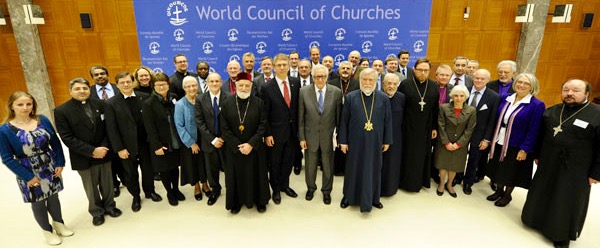Beginning FRIDAY, JANUARY 18: The world’s more than 2 billion Christians are urged to participate in this eight-day observance that is more than a century old—the international Week of Prayer for Christian Unity. The observance falls between the Feast of the Confession of Peter and the octave of Sts. Peter and Paul.
In 1908, this idea was launched by Father Paul Wattson—and now has circled the globe, co-sponsored by the World Council of Churches and the Vatican.
Note: In the Southern Hemisphere, where January is typically a time for vacations, churches may celebrate the Week of Prayer at a different time.
2019 Resources for Week of Prayer for Christian Unity
The World Council of Churches reports: “At least once a year, Christians are reminded of Jesus’ prayer for his disciples that ‘they may be one so that the world may believe’ (see John 17.21). Hearts are touched and Christians come together to pray for their unity. Congregations and parishes all over the world exchange preachers or arrange special ecumenical celebrations and prayer services. The event that touches off this special experience is the Week of Prayer for Christian Unity.”
Church leaders can download a free 40-page resource guide co-sponsored by the World Council of Churches via a link on this page within the Council’s website.
At the Vatican, the Pontifical Council for Promoting Christian Unity also provides detailed resources, ranging from Bible passages to liturgical readings.
